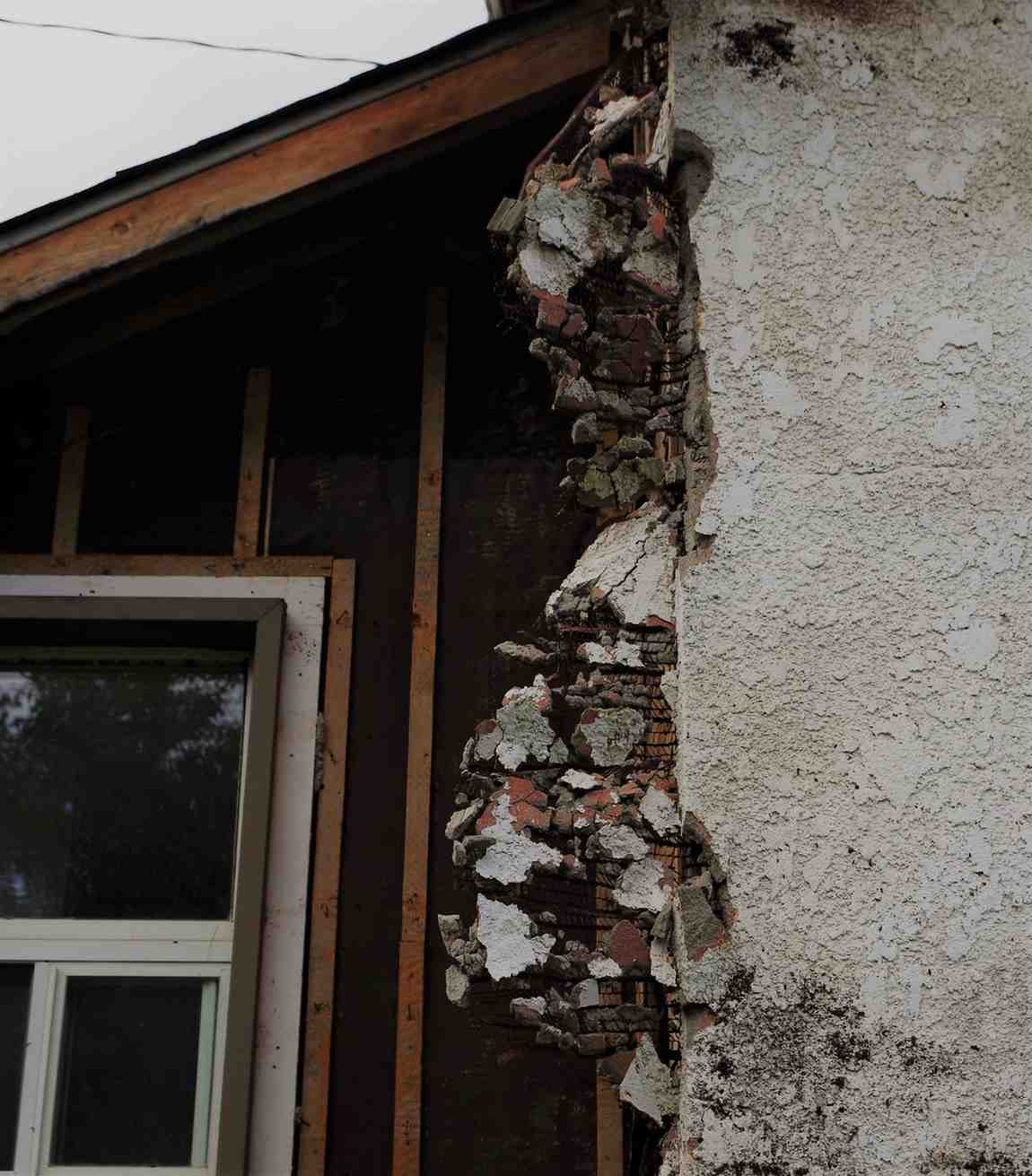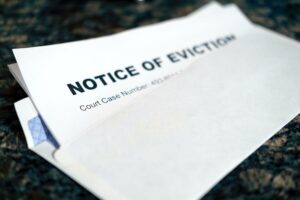In the United Kingdom, having a safe and habitable home is a fundamental right for every citizen. Unfortunately, not all properties meet the necessary standards, and some can become uninhabitable due to various factors.
For instance, over 400,000 homes in the UK private rental sector were found to have damp problems, a key hazard to consider when determining whether a property should be occupied. But what makes a house ‘uninhabitable’?
This article will explore what conditions or issues can render a house uninhabitable in the UK, address key problems tenants should be concerned about and delve into tenants’ rights and the responsibilities of landlords in ensuring habitable living conditions.
What Are the Requirements for Landlords?
Landlords in the UK have legal obligations to provide safe and habitable accommodations to their tenants. Under the Landlord and Tenant Act 1985, landlords must ensure that the property meets all safety regulations, including fire safety and gas and electrical safety standards.
Furthermore, the UK Homes (Fitness for Human Habitation) Act 2018 has strengthened tenants’ rights, allowing them to take legal action against landlords who fail to provide habitable living conditions. If you are unable to commit to maintaining habitable conditions for your tenants, you should reconsider whether a buy-to-let property is a good investment for you.
What Are My Rights as a Tenant?
As a tenant in the UK, you have certain rights and protections under the law. The law states that your rented property must be safe, well-maintained and habitable throughout the tenancy.
This includes provisions for essential utilities like water, gas and electricity, as well as a functioning heating system. Additionally, your landlord should carry out necessary repairs promptly and address any issues that may render the property uninhabitable.
What Is The UK Homes (Fitness for Human Habitation) Act?
The UK Homes (Fitness for Human Habitation) Act 2018 is a significant piece of legislation that empowers tenants to take action against landlords who fail to provide habitable living conditions. This act amends the Landlord and Tenant Act 1985, requiring that all tenancies (new and existing) of less than seven years must be fit for human habitation at the beginning and throughout the tenancy. Tenants can seek compensation or request court orders for necessary repairs under this act.
What Are The Key Problems to Be Concerned About?
There are several key problems that tenants should be alert to when it comes to determining the habitability of their rented property. These issues include:
- Damp and mold
- Inadequate heating or insulation
- Faulty plumbing
- Pest infestations
- Structural problems
Such problems not only affect the health and well-being of tenants but can also render a house uninhabitable if left unaddressed.
How Do I Prove a House Is Uninhabitable?
If you believe that your rented property is uninhabitable, you should take specific steps to document the issues and communicate them to your landlord in writing. It is essential to keep a record of all correspondence and any evidence, such as photographs or videos, that highlight the problems.
If the landlord fails to address the issues within a reasonable timeframe, you may consider seeking legal advice or contacting your local council’s housing department.
Should I Stop Paying My Rent If I Feel My House Is Uninhabitable?
If you believe your house is uninhabitable and your landlord has not taken appropriate action, it may be tempting to stop paying rent as a form of protest. However, it’s essential to tread carefully in this situation. Withholding rent can lead to legal issues and potential eviction.
Instead, it is advisable to engage with your landlord, put your concerns in writing and seek legal advice if necessary. Withholding rent should be considered only as a last resort and under the guidance of legal counsel.
Can My Landlord Evict Me If I Have Taken Legal Action Against Them?
While the act of taking your landlord to court can create tension in the landlord-tenant relationship, it does not grant the landlord automatic grounds for eviction. In the UK, tenants have certain legal protections, and it is illegal for a landlord to retaliate with eviction solely due to legal action taken by the tenant.
The law safeguards tenants from retaliatory eviction, ensuring that tenants can exercise their rights without fear of losing their homes. However, it’s essential to approach any legal matters with proper documentation and adherence to the legal processes to ensure your rights are protected throughout the proceedings.
Can Landlords Get Council Tax Exemptions On Uninhabitable Properties?
In the UK, landlords may be eligible for a council tax discount on uninhabitable properties. If you have a buy-to-let mortgage and your property is deemed uninhabitable due to severe structural issues, extensive renovations or ongoing major repairs, it may qualify for a council tax exemption.
However, specific criteria must be met to qualify for the discount, and the property must be considered uninhabitable by the local council. Landlords should contact their local council to determine the eligibility and apply for the council tax discount while the property remains uninhabitable.
Closing Thoughts
Living in an uninhabitable house can be both stressful and dangerous. As a tenant, knowing your rights and responsibilities is crucial in ensuring that your rented property meets the necessary standards for habitation. Likewise, landlords must comply with their obligations to provide safe and habitable accommodations for their tenants.
The UK Homes (Fitness for Human Habitation) Act serves as a powerful tool for tenants to protect their rights and ensure a safe living environment. Remember, communication with your landlord and seeking legal advice when needed are vital steps in resolving issues related to an uninhabitable property.



